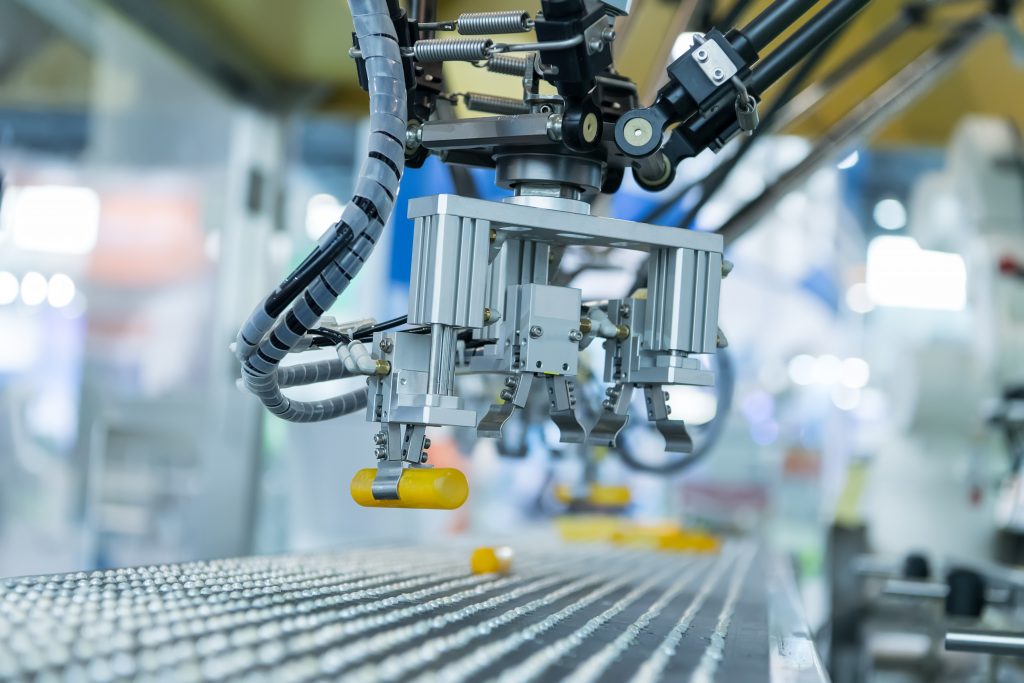 There are some recent advances in the industrial automation space which could soon become a trending practice in all the manufacturing facilities. The biggest growth this year was seen in the field of collaborative robotics. If you don’t already know, Cobots, or collaborative robots, are robots intended to interact with humans in a shared space or to work safely in close proximity. Cobots stand in contrast to traditional industrial robots which are designed to work autonomously with safety assured by isolation from human contact. Cobot safety may rely on lightweight construction materials, rounded edges, and limits on speed or force. Safety may also require sensors and software to assure good collaborative behavior. Below are some applications where cobots are beginning to help companies see huge profit opportunities.
There are some recent advances in the industrial automation space which could soon become a trending practice in all the manufacturing facilities. The biggest growth this year was seen in the field of collaborative robotics. If you don’t already know, Cobots, or collaborative robots, are robots intended to interact with humans in a shared space or to work safely in close proximity. Cobots stand in contrast to traditional industrial robots which are designed to work autonomously with safety assured by isolation from human contact. Cobot safety may rely on lightweight construction materials, rounded edges, and limits on speed or force. Safety may also require sensors and software to assure good collaborative behavior. Below are some applications where cobots are beginning to help companies see huge profit opportunities.
Picking, Packing, and Palletizing
Picking, packing, and palletizing are activities that need to be accurately performed. Manually performing these tasks can be mind-numbing, labor-intensive, and time-consuming. Expecting humans to work with endless energy levels is unreasonable. Besides, humans can make errors while performing tasks. Mistakes will harm the revenue systems of the manufacturing companies.
Assembling Items
Rather than workers performing product assembly, what if they assign collaborative robots to take up this task? With collaborative robots coming to the limelight, workers will be freed from performing this dull and monotonous tasks. Besides, the risks associated with working in a hostile environment and close proximity to large equipment also get eliminated. With appropriate guidance from personnel, collaborative robots can cater to manufacturer’s business requirements. With vision-enabled sensors and image-processing capabilities, collaborative robots can sense when a person enters the work area. On their arrival, these robots can slow down the work speed and continue operating (in high speed) when workers’ leave.
Handling Materials
Moving materials inside a manufacturing unit, around a factory floor, is a tedious process for humans. To ensure that production meets customer expectations, companies have to automate repetitive tasks like material handling.
One of the best ways to deal with this concern is bringing collaborative robots to the factory aisle. Collaborative robots can easily understand work requirements and move materials to the desired location at faster speeds. Besides, collaborative robots can help in providing a hazard-free work environment by taking care of harmful raw materials automatically. By using collaborative robots for material handling, manufacturing companies can witness increased worker health and safety, reduced costs, faster production cycles, and reduced downtime.
